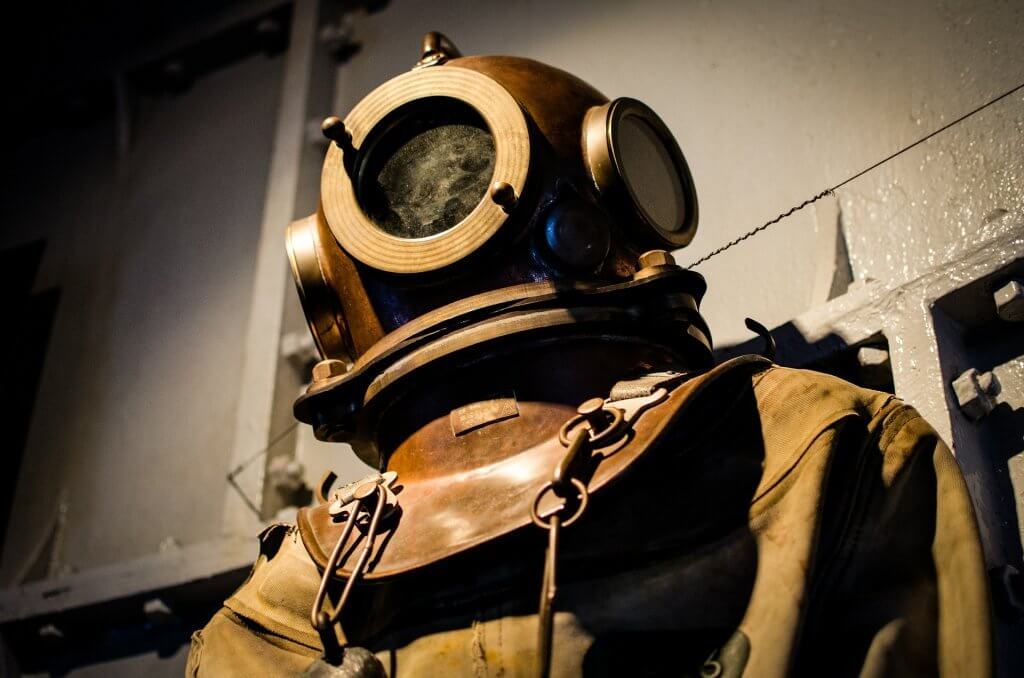Incarceration or captivity syndrome is a rare disease caused by bilateral lung damage that can occur as a result of traumatic brain damage, diseases of the circulatory system, diseases that destroy the myelin sheath surrounding nerve cells, or high doses of medications.
This injury is very serious and makes the person not able to move the body, except the eyes and eyelids, despite the loss of mobility, consciousness and somatosensory system (this is the condition that allows him to feel sensations in the different parts of the body). their bodies), remain intact.
- Is it like the brain is “disconnected” and losing the ability to control it.
- The brain continues to receive all sensory signals.
- Such as pain and temperature.
- As well as somatic signals.
- Such as hunger.
- Communication becomes almost impossible and this ability is delegated to the movement of the eyelids.
There are cases where communication takes place in the blink of an eye. With a sign showing the letters of the alphabet, the person chooses the letters of the words and phrases they want to form. It’s a slow method, but did he manage to give in to those who lost it because of this syndrome.
The symptomatic picture of this pathology is: quadriplegia, anarthria (inability to articulate words) and preservation of consciousness. As neither the cerebral cortex nor the thalamus is affected, cognitive functions are preserved. The person perceives, processes and produces information through normal cognitive processes. . It is able to perceive all external stimuli, but cannot respond physically.
The main cause is basilar thrombosis, in which foreboding symptoms may occur for weeks or even months, such as dizziness and nausea; it can also occur as a result of traumatic brain damage, with concussion of the brain stem or vertebrobasillary dissection, depending on the severity of the disease. motor deterioration, three clinical images can be distinguished:
Depending on the evolution, it can be transient or chronic. Even in cases where there was a disconnection of the downstream tracks of the bridge (the area of the brain that is in the brainstem), recovery is not possible, disconnecting the downstream pathways means that the commands sent by the brain do not reach the rest. body and, as a result, the person is unable to respond to any stimulus, while receiving them.
It is very difficult to detect captivity syndrome and differentiate it from other disorders such as coma, at first it is not easy to know if the patient’s mental faculties are intact or not, because the person cannot communicate.
There are neurological tests that help with diagnosis. MRI may show the type of brain injury that the syndrome may indicate.
Positron emission tomography (PET) and electroencephalogram (EEG) can report brain activity. With PET scans, you can check if your brain metabolism is normal and, if so, it means that brain functions are preserved and that there is a consciousness like in the syndrome. mentioned above.
Thanks to the EEG we can monitor the activity of brain waves, placing electrodes on the head, this tool can determine the waves that predominate at the moment, in the case of a person with incarceration syndrome you will find a posterior reactive alpha rhythm.
Jean-Dominique Bauby was a French journalist who suffered a stroke at age 43, after spending 20 days in a coma, Bauby woke up suffering from incarceration syndrome, in which he could only move his left eye and head slightly, suffered greatly. of physical deterioration, losing about 27 pounds in a few weeks.
The deterioration of his health due to the stroke he suffered led him to live with the disease for about a year. During the year that he lived “locked in his own body”, he learned a method of communication, with an alphabet board and blinking. With the help of speech therapists and his family, he wrote an autobiographical book “Scuba Diving and the Butterfly?” Which was a bestseller.
? Are there keys in the cosmos that can open my diving suit? An endless subway line? A currency strong enough to buy my freedom? We have to look elsewhere. I’m going there. ?? Jean-Dominique Bauby?
There is also a film based on his book of the same name, in which you can see Jean-Dominique’s challenge to deal with this difficult disease, the thoughts that cross his head and that his body is unable to express. He uses his imagination, and? Travel your mind to different places that make you escape a hard reality to face.

